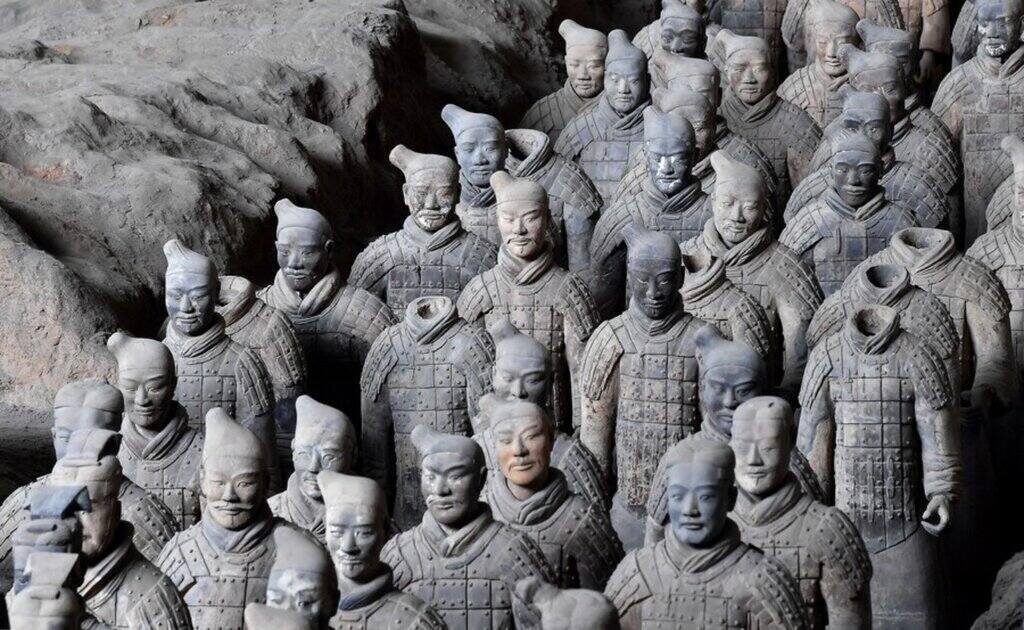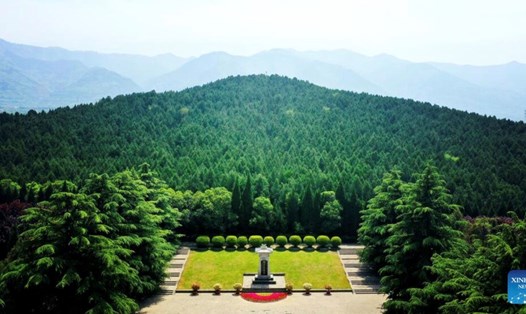The reason why the Terracotta Army warriors in the Qin Shi Huang Mausoleum all have single eyelids is something that the Chinese academic community has yet to find a common voice, Zhu Sihong, head of the excavation project at Pit No. 2 in the Qin Shi Huang Mausoleum archaeological excavation site, told the Global Times.
According to Zhu, there are two main hypotheses: Monolids and double eyelids may be related to ethnic or racial characteristics, and most people in that era are said to have monolids.
Another theory is that the single-eyelid terracotta warriors may have been intended to convey a stern, serious look appropriate for a military position, as opposed to the friendlier look of double-eyelids.
Over the past five decades, Chinese archaeologists have unearthed more than 2,000 life-sized clay warriors, along with bronze chariots, stone armor and other artifacts, in three excavation pits covering more than 20,000 square meters.
"Although we do not have the exact number of terracotta warriors at present, we can estimate based on the excavation area and findings from pit No. 1. About 6,000 terracotta and horse statues have been excavated from pit No. 1. If pits No. 2 and No. 3 are included, the total number of statues is expected to reach 8,000," said Li Gang, director of the Qin Shi Huang Mausoleum Museum.

The Terracotta Warriors in the mausoleum have a wide range of facial expressions. Experts note that 2,000 years ago, creating a huge number of statues with diverse facial expressions was an extremely big challenge. However, the terracotta warriors' creators overcame this obstacle, creating truly unique statues in the mausoleum of Qin Shi Huang.
The diverse expressions on the statues' faces not only reflect the aesthetics of the times, but also demonstrate the artisans' meticulous attention to detail when creating the statues, China's state broadcaster CCTV said.











